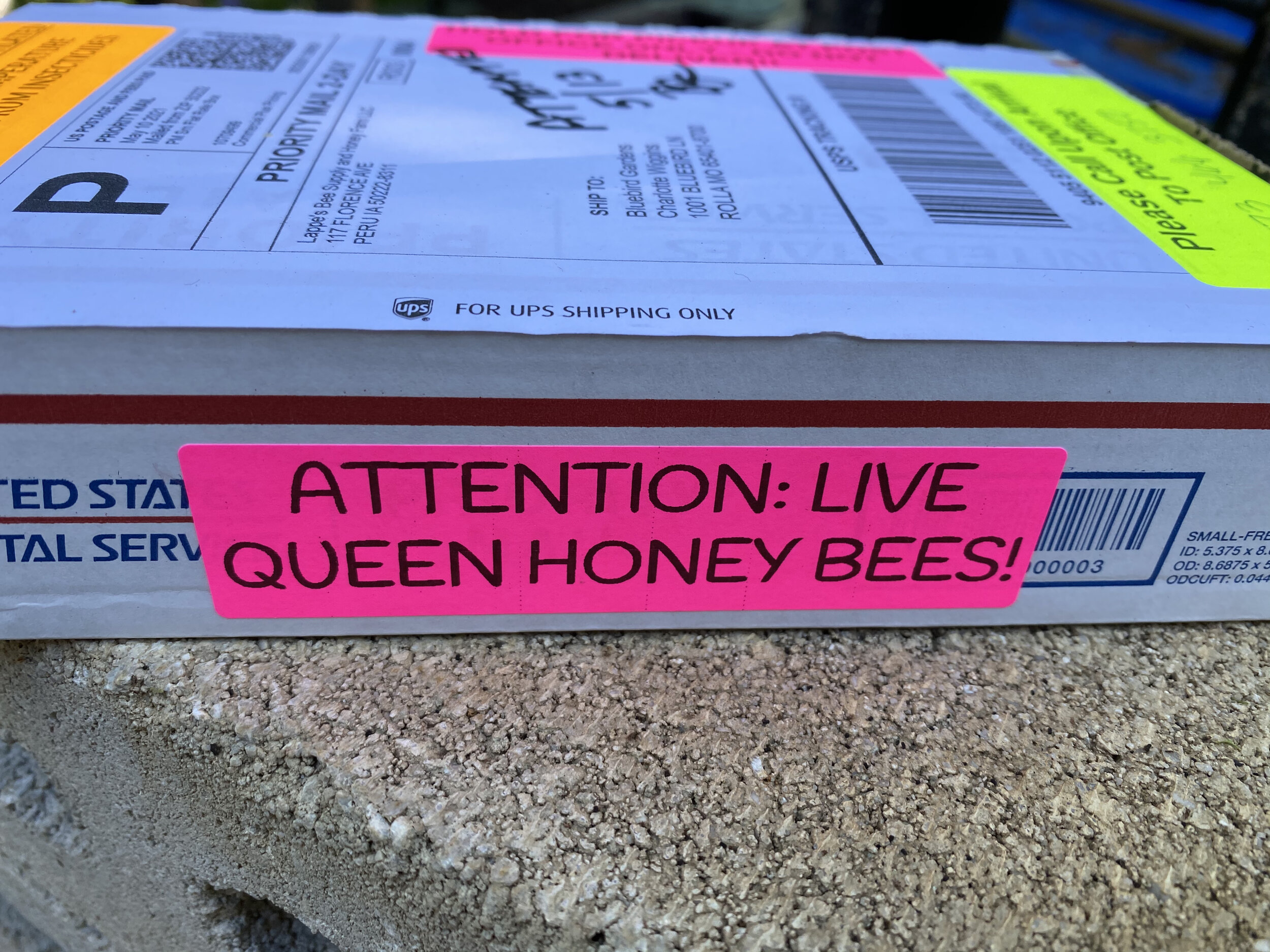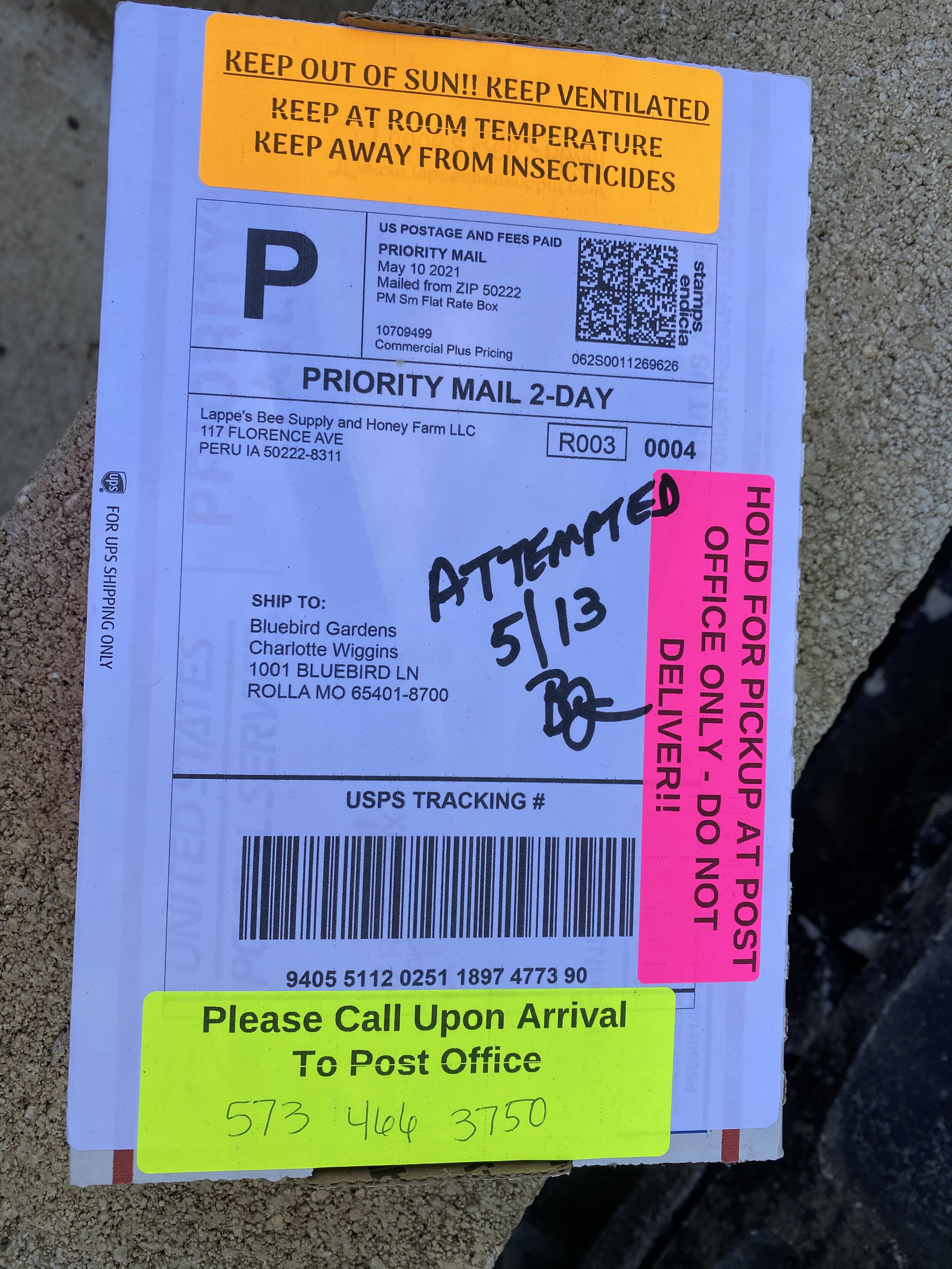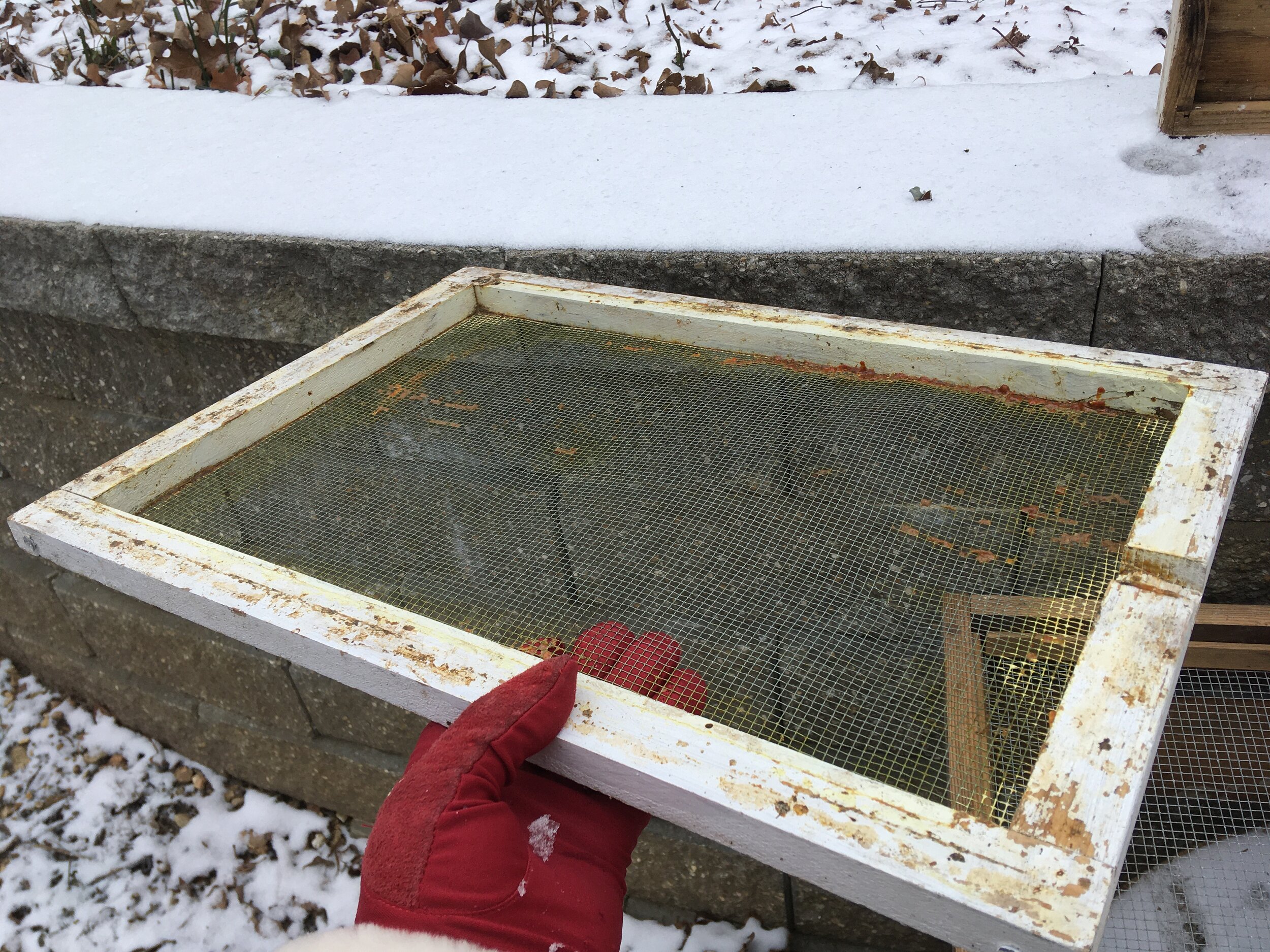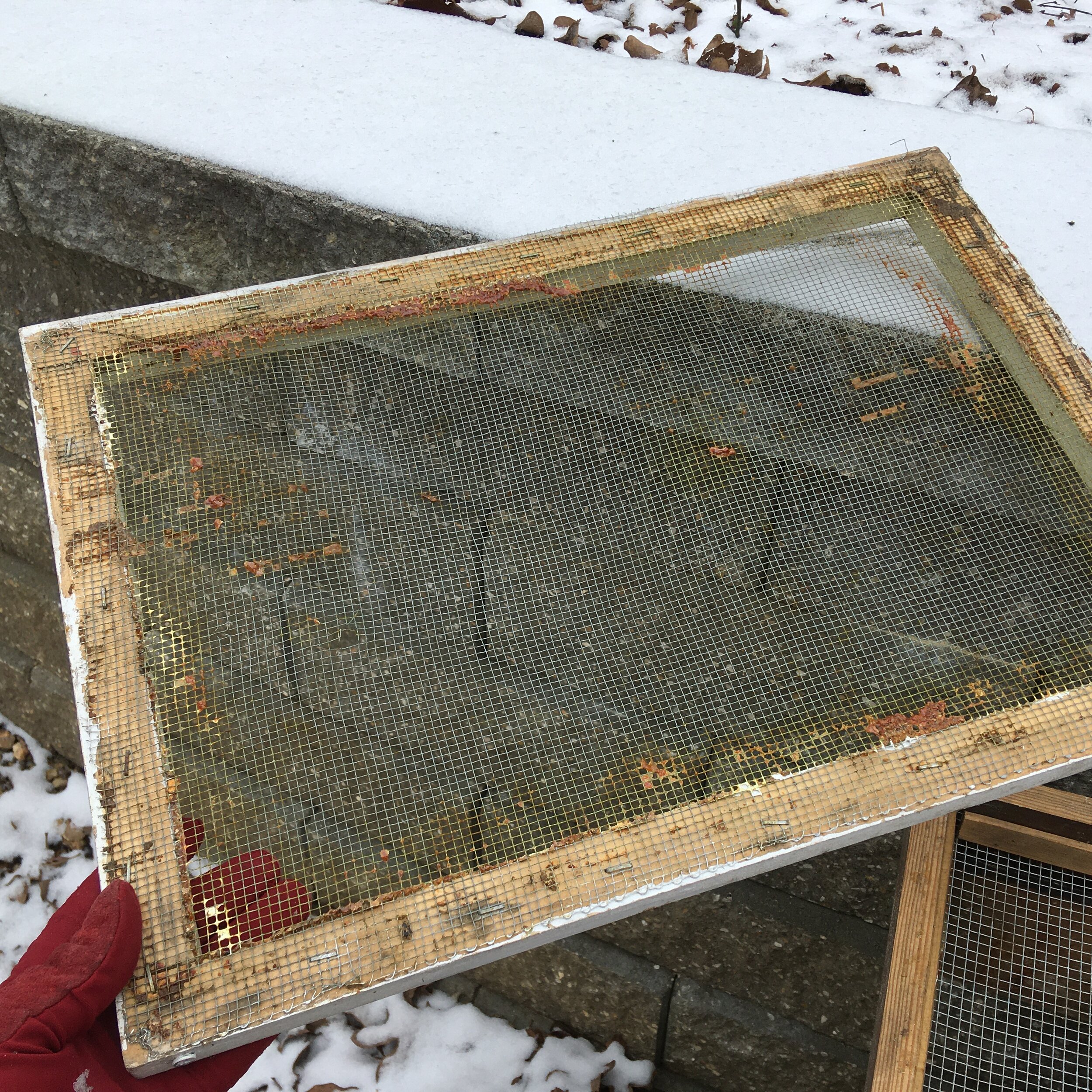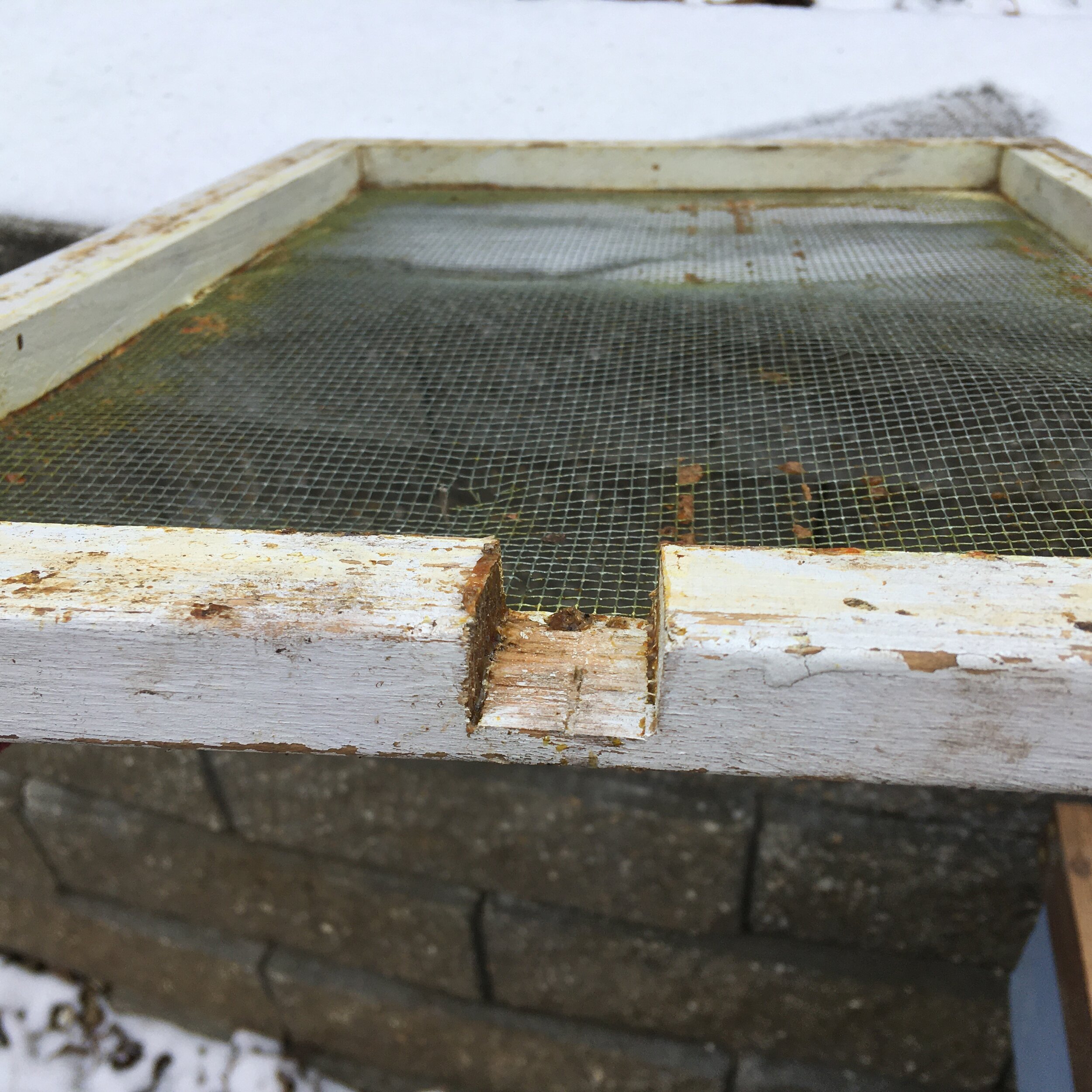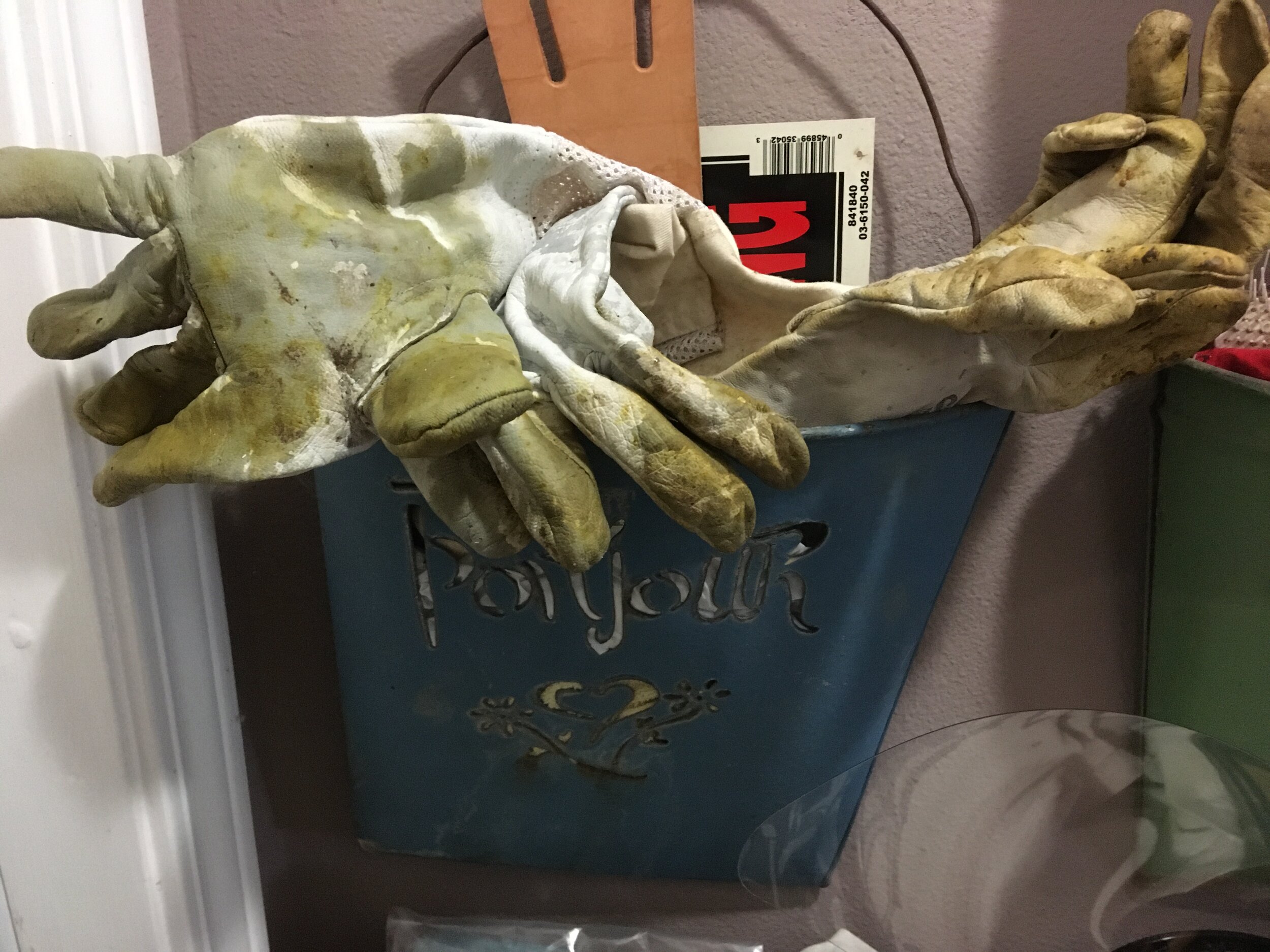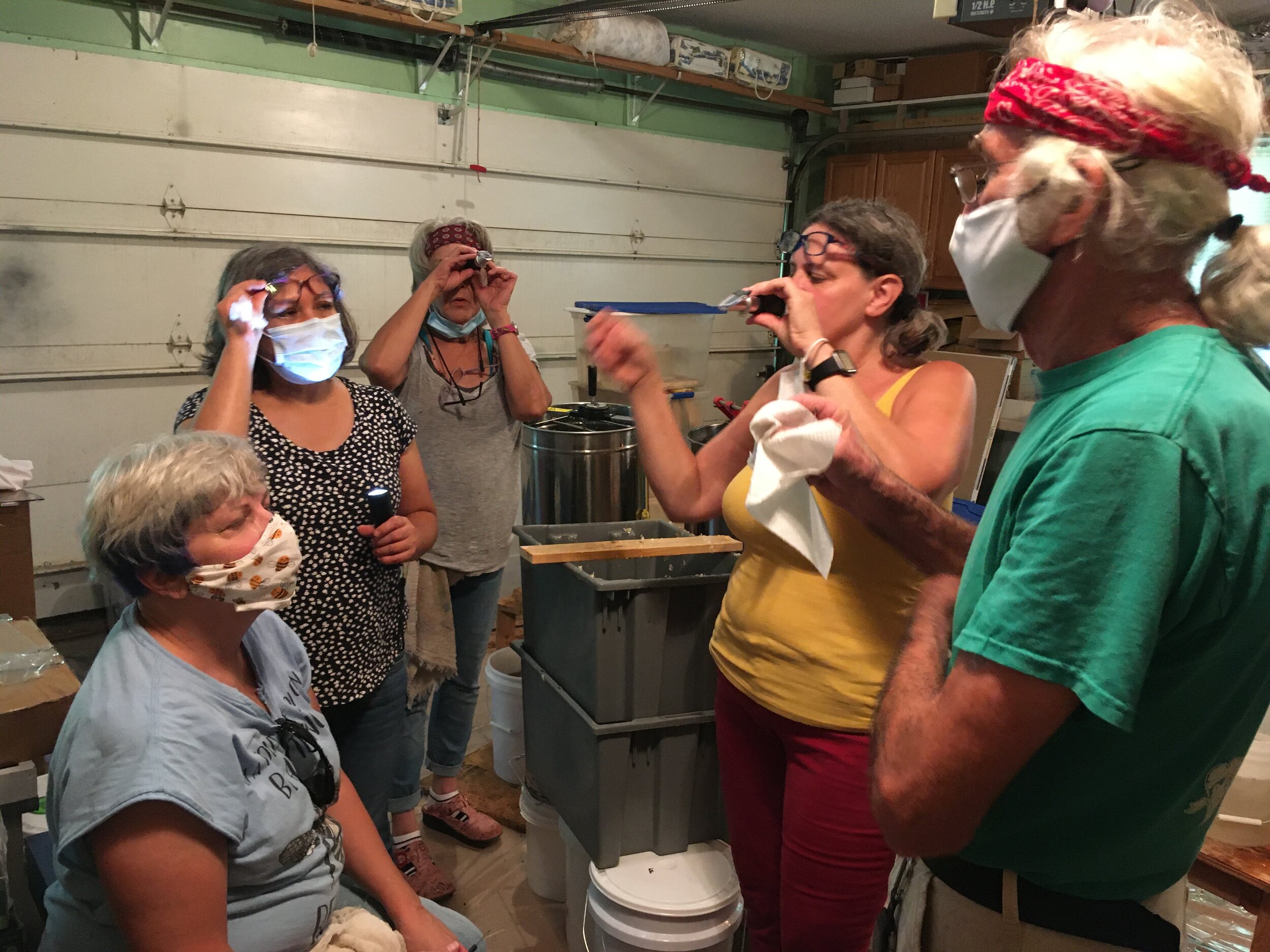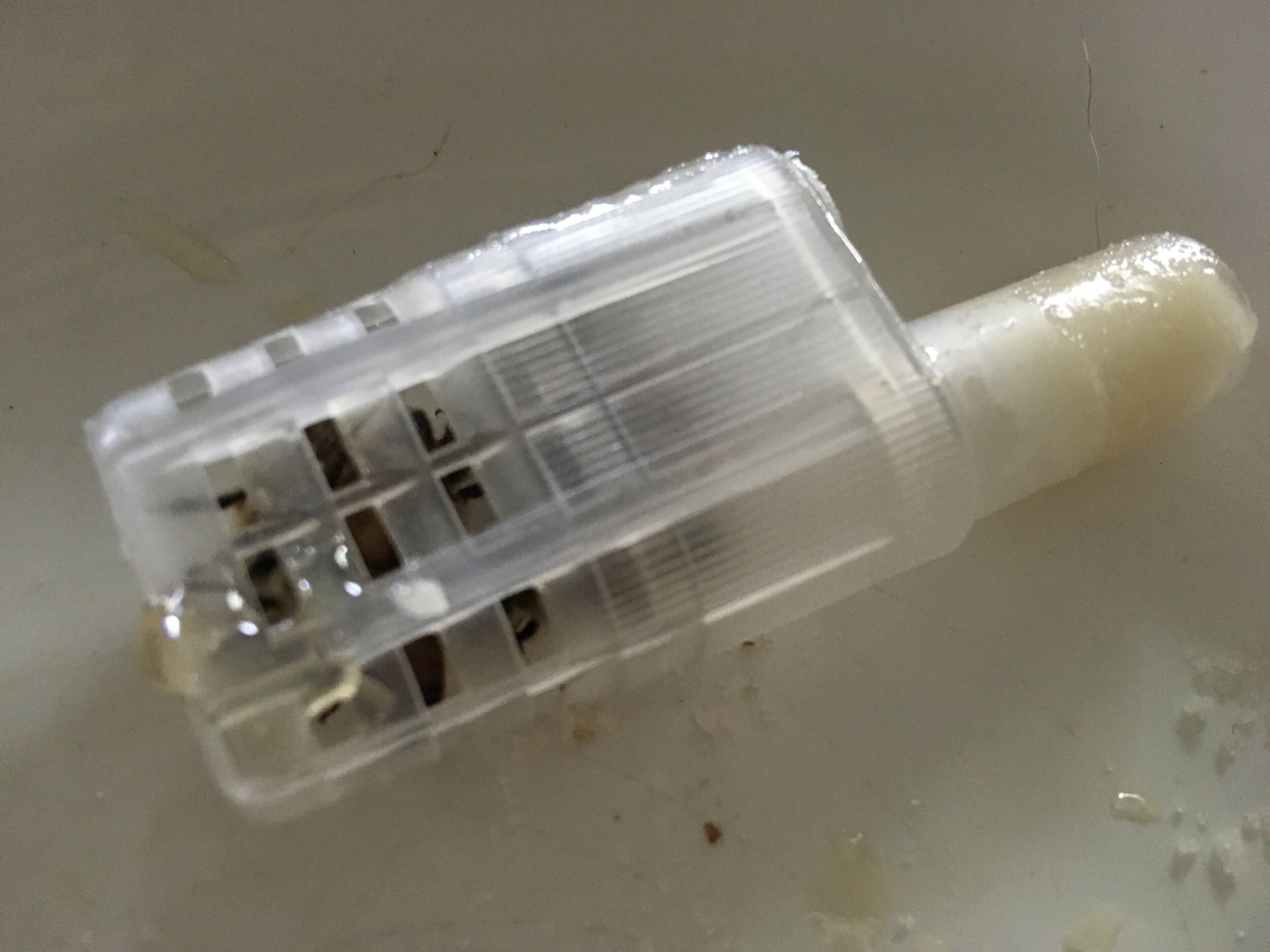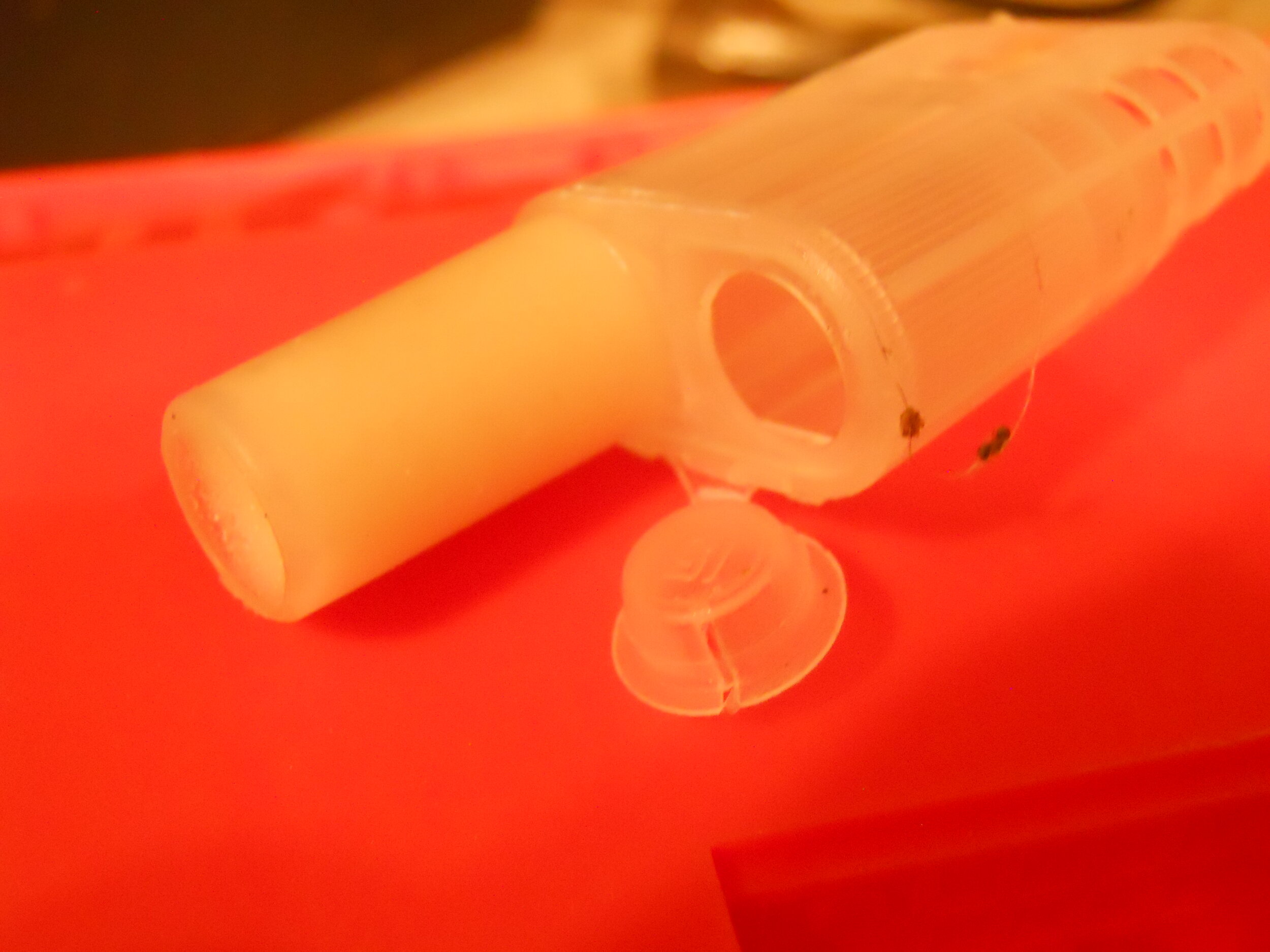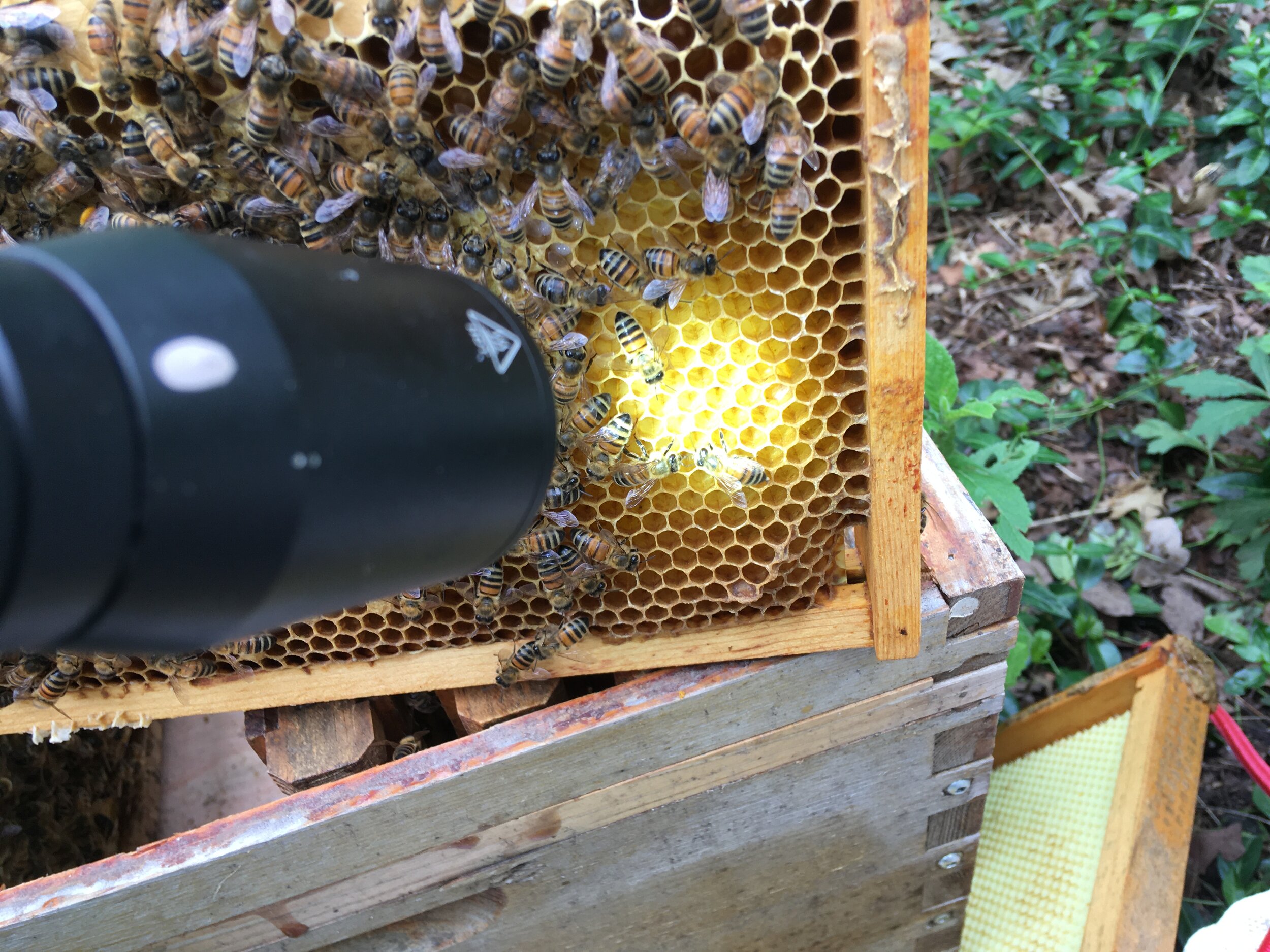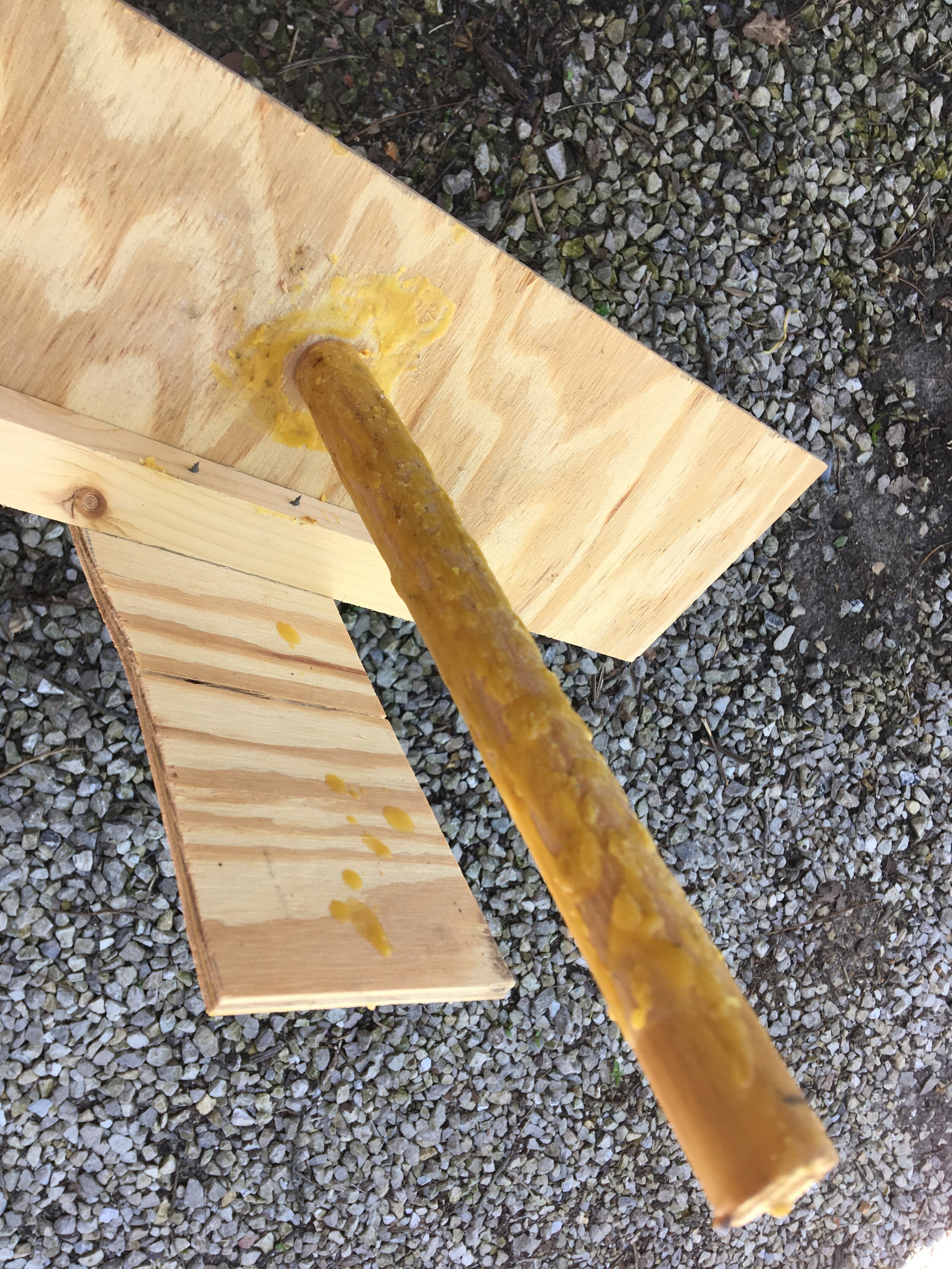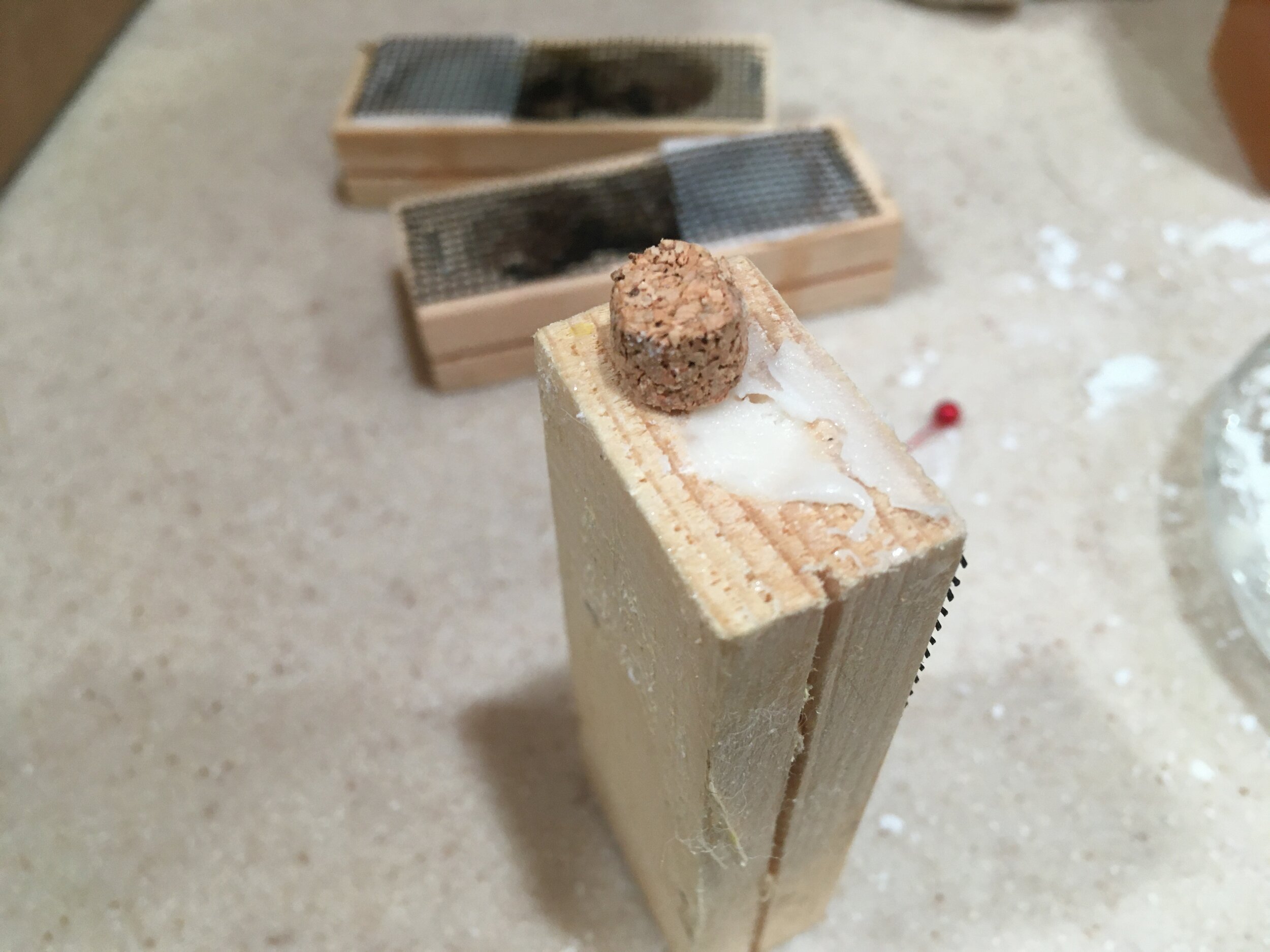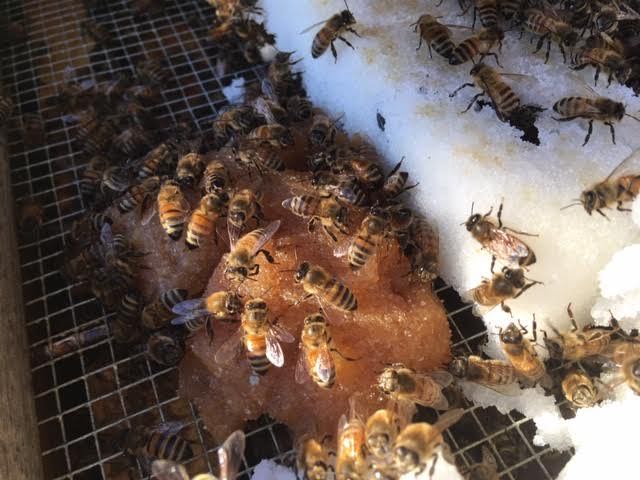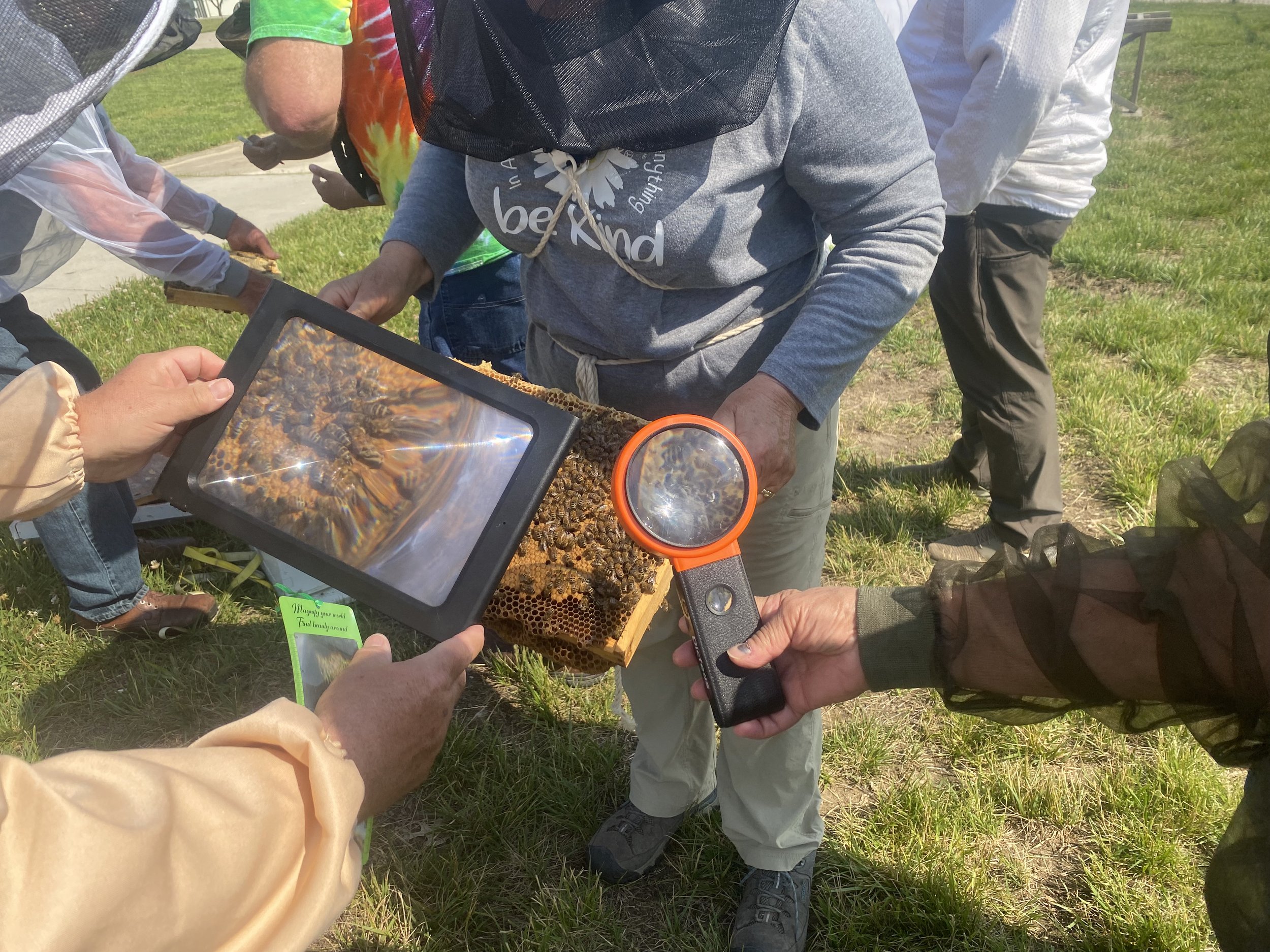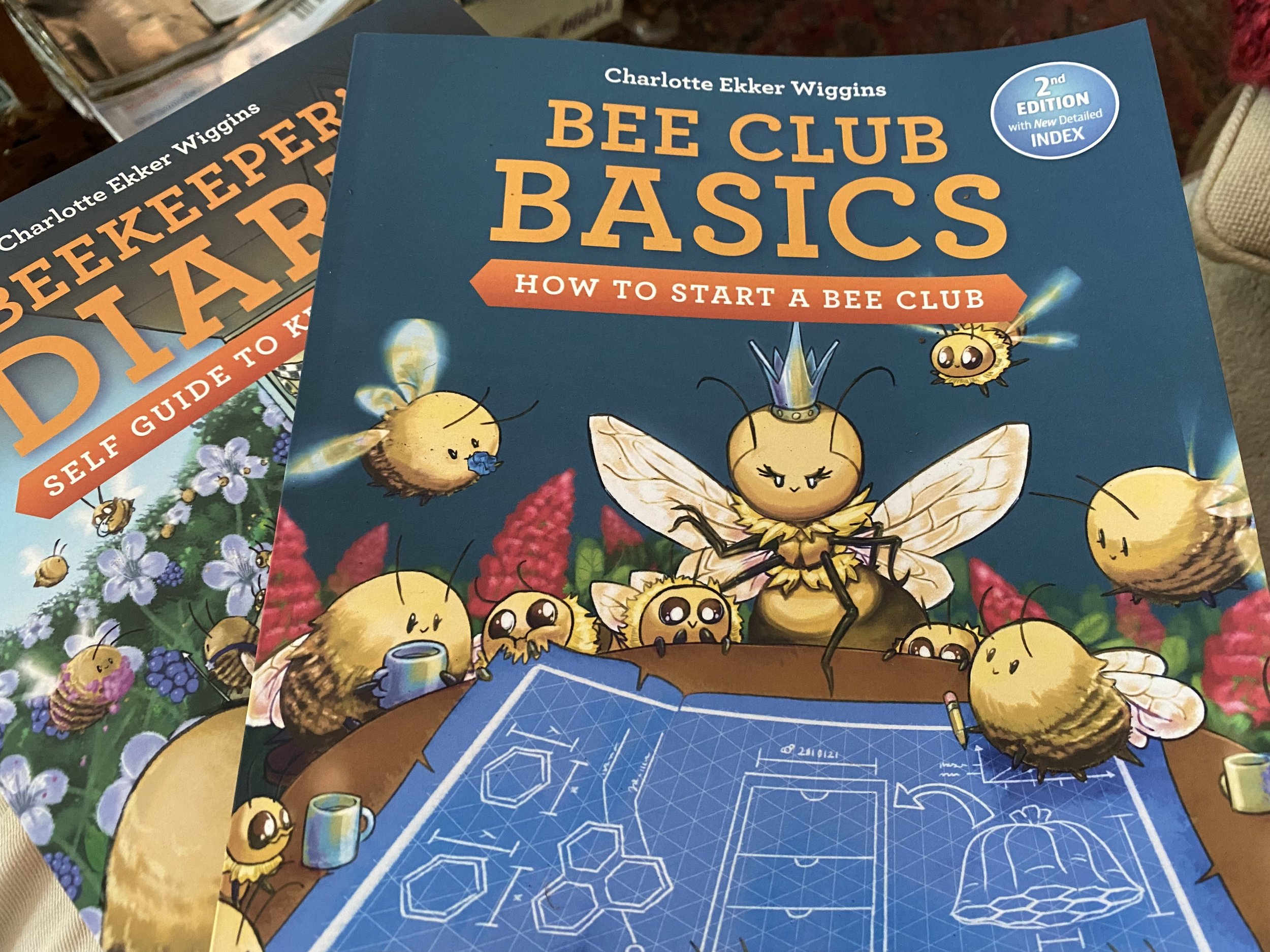Lifting Hives
/This motorized hive lifter can be operated by one person. (Photo by Charlotte Ekker Wiggins)
Lifting Hives
If you spend any time around beekeepers, the topic of backs - and more specifically bad backs - will come up. At the end of a growing season, beekeepers have a lot of weight to lift thanks to hopefully busy bees storing and dehydrating nectar into honey. One typical medium frame of capped honey can weigh between 3-5 pounds.
The weight, and wear on backs, is partially responsible for beekeepers moving from 10-frame hives to 8-frame ones. That small transition can lighten a hive box by 10 pounds each per box.
There are a couple of available hive lifting tools that contribute to adaptive beekeeping. One is a manual one requiring two beekeepers to pick up a handle on each side of a hive. I have one of those; it is constantly being borrowed by my beekeeping friends but requires a second set of hands to use.
I recently saw another, more expensive bee hive lifter at Central Missouri State University’s open apiary in support of Heroes to Hives Missouri, the first state chapter of this military veteran beekeeping program. This one is motorized and surprisingly lightweight. The “Bee Hive Lifter” can be operated by one person, making it a more practical tool in an apiary. The manual version costs about $1,000; the motorized version $1,500.
Probably not a practical tool for the hobby beekeeper but anyone going into business and moving a lot of hives may want to add this to their equipment list. Beehivelifter.com, made in USA.




